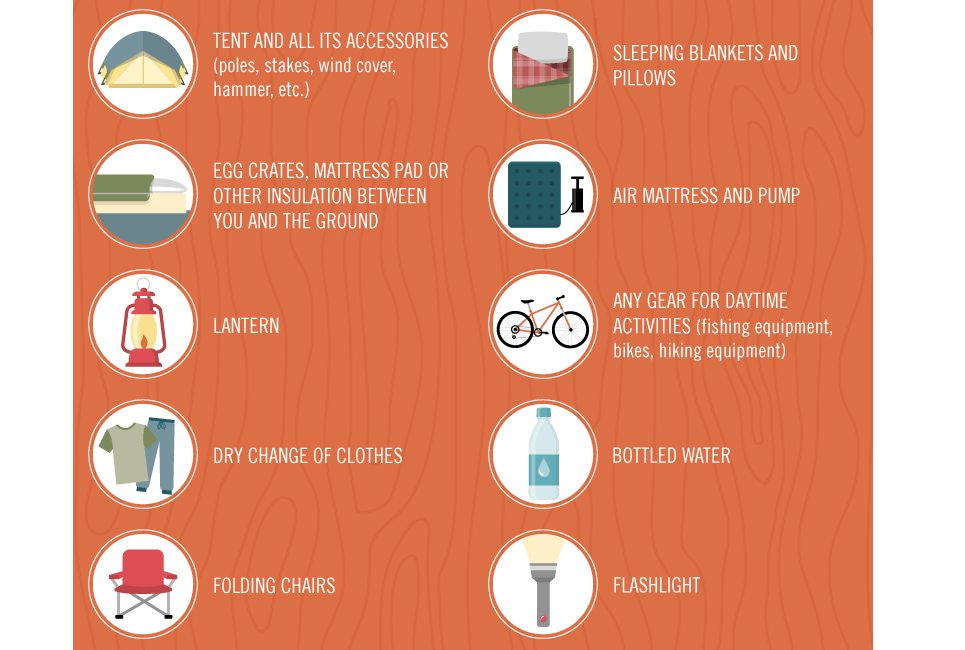While both deal staminas in various environments, it's important to figure out which type of insulation will certainly ideal offer your requirements. The insulation you select effects heat, weight, water resistance, compressibility and rate.
Down is gathered from waterfowl, typically ducks or geese. It is treasured for its agility, simple compression and insulating properties. Nonetheless, down becomes much less efficient when wet.
Warmth-to-Weight
A high warmth-to-weight proportion is desired in outside apparel and equipment. The shielding properties of down feathers make them a fantastic option for this purpose, as they are exceptionally warm and lightweight.
Nevertheless, down loses its shielding capabilities when it splashes, indicating it needs to be paired with a water-proof covering. In addition, some individuals are allergic to down, making synthetic jackets a much better option for them.
Artificial insulations are typically made from recycled polyester and developed to mimic down's shielding residential or commercial properties. They are not as light-weight as down, but they do not shed their shielding abilities when they get wet and completely dry quicker than down. They are also a lot more economical than down. Nonetheless, their lifespan is shorter than down, causing greater maintenance and replacement expenses.
Water Resistance
The insulation you pick for your work jacket will certainly make a big distinction in just how comfortable you really feel outdoors. However, the type of insulation you choose also has significant effects for your sustainability objectives.
Down is an outstanding insulator for a variety of reasons. It's lightweight, compressible, and provides an excellent warmth-to-weight ratio. However, it doesn't prosper when it splashes. Down clumps up and loses its loft when damp, which can considerably lower its capability to catch heat.
Synthetic insulation materials, such as Thinsulate and Primaloft, hold up better against wet conditions. They commonly have a tight weave or chemical coating that maintains water from permeating the textile. This enables the insulation to remain breathable, even if damp. It's worth keeping in mind that synthetics can likewise be uncomfortable when damp, however they keep their shielding buildings.
Compressibility
While goose down does have a remarkable warmth-to-weight ratio, artificial insulation does likewise. Nonetheless, unlike down which takes in and sheds its protecting abilities when wet, artificial insulation does not. Because of insulation this, it can maintain its loft space and catch cozy air in wet conditions.
Usually made from polyester sheets or clusters that imitate down, the most common synthetic insulation brands consist of PrimaLoft, FullRange, Thermoball and Patagonia's PlumaFill. While it still can not match down's loftiness and warmth-to-weight, artificial jackets are light-weight, quick to completely dry and more economical than down. This makes artificial coats best for wet atmospheres, or if you're prone to sweating heavily. Synthetic jackets are also less fragile than down and can lose. This durability reaches their face materials which are typically thicker and extra long lasting than down.
Sturdiness
A significant consideration in sustainability is a material's long life and longevity. All-natural products like cork, ThermaCork broadened cork and Havelock wool last longer than artificial choices like fiberglass and plastic. They likewise call for less maintenance and can endure severe environmental conditions.
However, natural insulation doesn't perform too when damp as artificial options. Woollen and fleece clump with each other when damp, jeopardizing their capacity to catch warmth. Synthetic insulation, on the other hand, does not take in dampness and continues to insulate even when saturated.
This makes artificial insulation suitable for damp climates and exhausting tasks where you could sweat heavily. It's also easier to wash and dries out faster than down. This included longevity and dependability make synthetic insulation a general champion in this classification. This translates to durable insulated work boots that last lengthy and maintain you heat through requiring environments.
Sustainability
Natural products use biodegradability and a smaller sized environmental footprint, while artificial options brag toughness and innovative applications that sustain energy performance. Nevertheless, it's important to recognize real ecological effect of these insulation products from cradle-to-grave.
For instance, if a natural insulation material needs to take a trip a far away from its resource to the structure site, transportation-related emissions enhance its general carbon footprint. Choosing in your area sourced and reused products lowers that impact. And, going with GREENGUARD and Cradle to Cradle certifications makes certain that insulation is free of unpredictable organic substances (VOCs) and sustains accountable sourcing and labor problems.
Sheep's woollen and cork are sustainable insulation resources that are gathered without harming the tree or plant. Both have actually the added advantage of being naturally immune to mold, insects and dampness.
